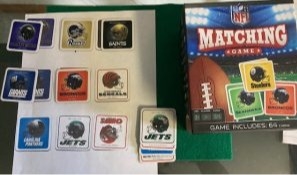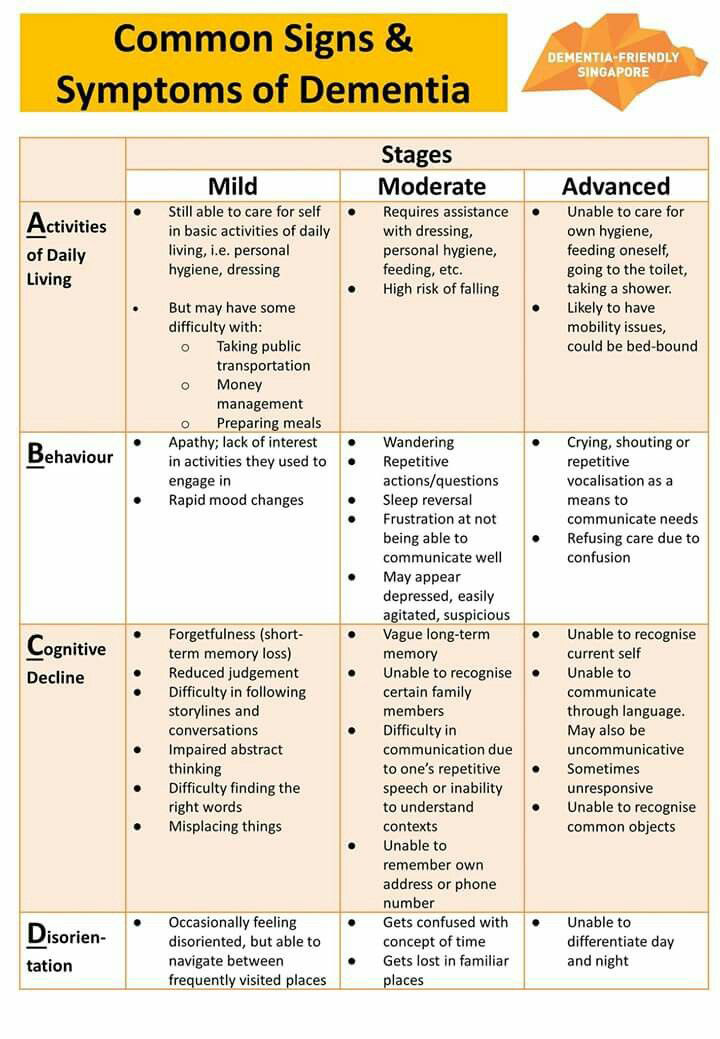Person Centered Activity Category - Matching
By Meghan Morrissey - September 3, 2025
Matching Activities Across Dementia Stages: Supporting Cognitive Ability Through Familiarity and Adaptation
Montessori-inspired matching tasks can be thoughtfully scaled to meet individuals where they are cognitively, while gently encouraging growth and exploration. This progression—from basic shapes and colors to intricate wildflower identification—offers a beautiful arc of engagement that supports both early and middle-stage dementia.
Early-Stage Dementia: Familiar Formats with Strategic Thinking
Activities such as:
These tap into long-term memory, strategic reasoning, and fine motor coordination. They offer opportunities for light competition, sequencing, and pattern recognition—skills often retained in early stages. Familiarity with game formats also promotes confidence and social interaction.
Middle-Stage Dementia: Visual Matching with Personal Relevance
As cognitive processing shifts, matching activities benefit from:
Examples of memory cards:
Go Back Montessori-inspired matching tasks can be thoughtfully scaled to meet individuals where they are cognitively, while gently encouraging growth and exploration. This progression—from basic shapes and colors to intricate wildflower identification—offers a beautiful arc of engagement that supports both early and middle-stage dementia.
Early-Stage Dementia: Familiar Formats with Strategic Thinking
Activities such as:
- Playing cards: Matching playing cards with scan/copies of random or sequence playing cards to create variations.
- Dominoes: Matching dominoes with scan/copies the dominos randomly to create variations of the game.
- Coins: Matching coins with a copy page of pennies, nickels, dimes and quarters.
These tap into long-term memory, strategic reasoning, and fine motor coordination. They offer opportunities for light competition, sequencing, and pattern recognition—skills often retained in early stages. Familiarity with game formats also promotes confidence and social interaction.
Middle-Stage Dementia: Visual Matching with Personal Relevance
As cognitive processing shifts, matching activities benefit from:
- Simplified visuals and bold contrasts
- Concrete categories and recognizable themes
Examples of memory cards:
- Animal
- Country flags or national symbols
- NFL or MLB team logos (ideal for sports enthusiasts)
- National Park icons or nature scenes (for those with outdoor interests)

